Saturday Nostalgia: The Best Feminist Episode From 90’s TV
Including a link to the full episode of….? I’ll let you guess before you read the stack.
.
Most of the time the gender politics of network television has been a mixed bag. One hand gives and the other hand takes away.
So in the early Seventies we were given the thrilling catharsis of Bea Arthur’s Maude (Bea Arthur) a woman who spoke her mind and refused to obey gender conventions. But then she is also constantly bullying her husband, reinforcing the stereotype of the feminist as a strident, loud, unfeminine ballbuster.
At the other end of the continuum was The Mary Tyler Moore Show, which broke ground for the single working woman who lived alone (luckily for Mary Richards, with great neighbors) and even took birth control pills (!), but tempered her independence with stammers, blushes, and deference to Mr. Grant, her boss.
.In 1988, when Murphy Brown premiered, we were in the midst of the Reagan era—not exactly a feminist utopia, but it did put a lot of women in business suits with linebacker shoulder pads, brand new briefcases, and a lack of guidance as to how to behave in these professional, high-voltage worlds previously barred to us.
In that period, Murphy was an inspiration: the opposite of a pushed-around, silenced woman, she wore those sharply tailored suits and the power that came with them as if born to do so. Unlike her fore-sister Mary Richards, she obeyed no one’s marching orders. Murphy (Candice Bergen) didn’t even notice any glass ceilings—she’d already shattered the interior ones that Mary Richards, for all her spunk, kept ramming against.
When during the 1991 season Murphy got pregnant and had a baby—without a husband—Dan Quayle was morally outraged at the challenge to family values (especially the message it sent to poor, inner city women). Yet Murphy defiantly gave “all the traditional stereotypes about motherhood the raspberries. And continued, even after the birth of her child, to be as insensitive, narcissistic, and bossy as before.” (Susan Douglas, Where the Girls Are, p. 285)
But although Murphy was (in those days) gender transgressive in personality and hierarchy (People called her a “merciless careerist”) the show backed away from taking on feminist issues. Her fans described her as “postfeminist”: a product rather than a preacher of feminism. A successful career woman who didn’t feel the need to be sweet, nurturing, or adorably dithering, she was “beyond” the necessity of kvetching about patriarchy.
The women of Designing Women, in contrast, were disarmingly feminine. And southern, white woman feminine—the most feminine of feminine. Honeyed voices, ruffled shirts, high heels. But at least two of them regularly made explicit feminist arguments about the resilience of sexism and male dominance. And some would say it was for that reason a more feminist show.
I think about the two shows’ respective responses to the Clarence Thomas–Anita Hill hearings. Murphy went metaphorical, in an episode where she is called to appear before a Senate committee (on media leaking—no mention at all of harassment or indeed of any gender issue) and criticizes the “grandstanding and shameless self-promotion” of the male senators at the (fictional) hearing. But 1Designing Women presented a feminist commentary on the actual hearing, including clips of Thomas and Hill. Mary Jo (Annie Potts) wears a T-shirt emblazoned with “HE DID IT” and Julia Sugarbaker (Dixie Carter) stormily takes on the arguments and comments made against Hill. Although the show represents the other point of view (Carlene wears a T-shirt insisting “SHE LIED”), it’s done via the show’s ditzes Alison (Julia Duffy) and Carlene (Jan Hooks), who are made fun of. And, just in case anyone is left wondering about the show’s politics, it ends (well, almost ends) after Thomas is confirmed, with a rousing speech by Mary Jo in which she—gasp—even uses the term “feminist”:
All we want is to be treated with equality and respect. Is that asking too much? I’m sorry, I don’t mean to be strident and overbearing, but, you know, nice just doesn’t cut it anymore. I’m mad because we’re fifty-one percent of the population and only two percent of the United States Senate . . . I’m mad because in a Seminole, Oklahoma, police station, there’s a poster of a naked women that says “women make bad cops.” I’m mad because in spite of the fact that we scrub America’s floors, wash the dishes, have all the babies, and commit very little of the crime, still we only make fifty-eights cents on the dollar. I don’t know about the rest of you women out there, but I don’t give a damn anymore if people think that I’m a feminist or a fruitcake.
Designing Women, long before Christina Yang and Meredith Grey were each other’s “person,” was a show situated almost entirely within a family-like world where the bonds between women were foremost (and unlike Grey’s Anatomy, there weren’t even any McDreamys or McSteamys to compete with those bonds).
In the episode “The Strange Case of Anita Hill and Clarence Thomas,” writer Susan Bloodworth Thomason brought a nonfictional woman into that world and let us know unequivocally where the show stood. Sure, “feminist or fruitcake” came with a laugh track (it was a sitcom, after all, part of a Monday “women’s night” lineup designed as an alternative to Monday Night Football) but the episode ended with a pastiche of clips from the hearing and a final still photograph. The clips: Arlen Spector accusing Hill of lying; John Danforth calling her an “erotomaniac”; John Doggett portraying her as a woman bitter over unrequited love for Thomas, and the swearing in ceremony, with Bush’s declaration that America is founded on the idea that all men are created equal.
The concluding still: a shot of Anita Hill herself, silent. I can’t remember whether I clapped or sat with jaw clenched; I do remember that it was the first time I felt a sitcom had passed through the wall of “it’s just a TV show” and reached out to me.
I can imagine Linda Bloodworth-Thomason (besides being the show’s producer and writer, a friend and supporter of Hillary Clinton) saying to herself, “The hell with it. It’ll be funny, but it’s damn well going to make a serious point too. And it’s going to be accurate, if only for the historical record.”
Watching the episode again in 2024 is enough to make one cry—or kill:
The Strange Case of Anita Hill and Clarence Thomas.
Portions of this piece originally appeared in Bordo, “Why American is Still Not Ready for Murphy Brown,” and other portions are taken from my book, TV.

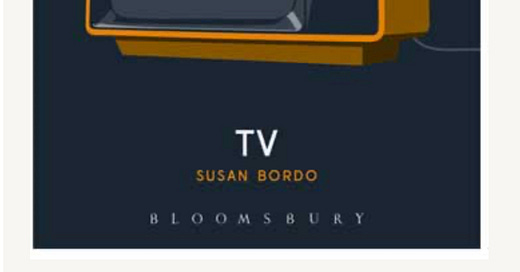


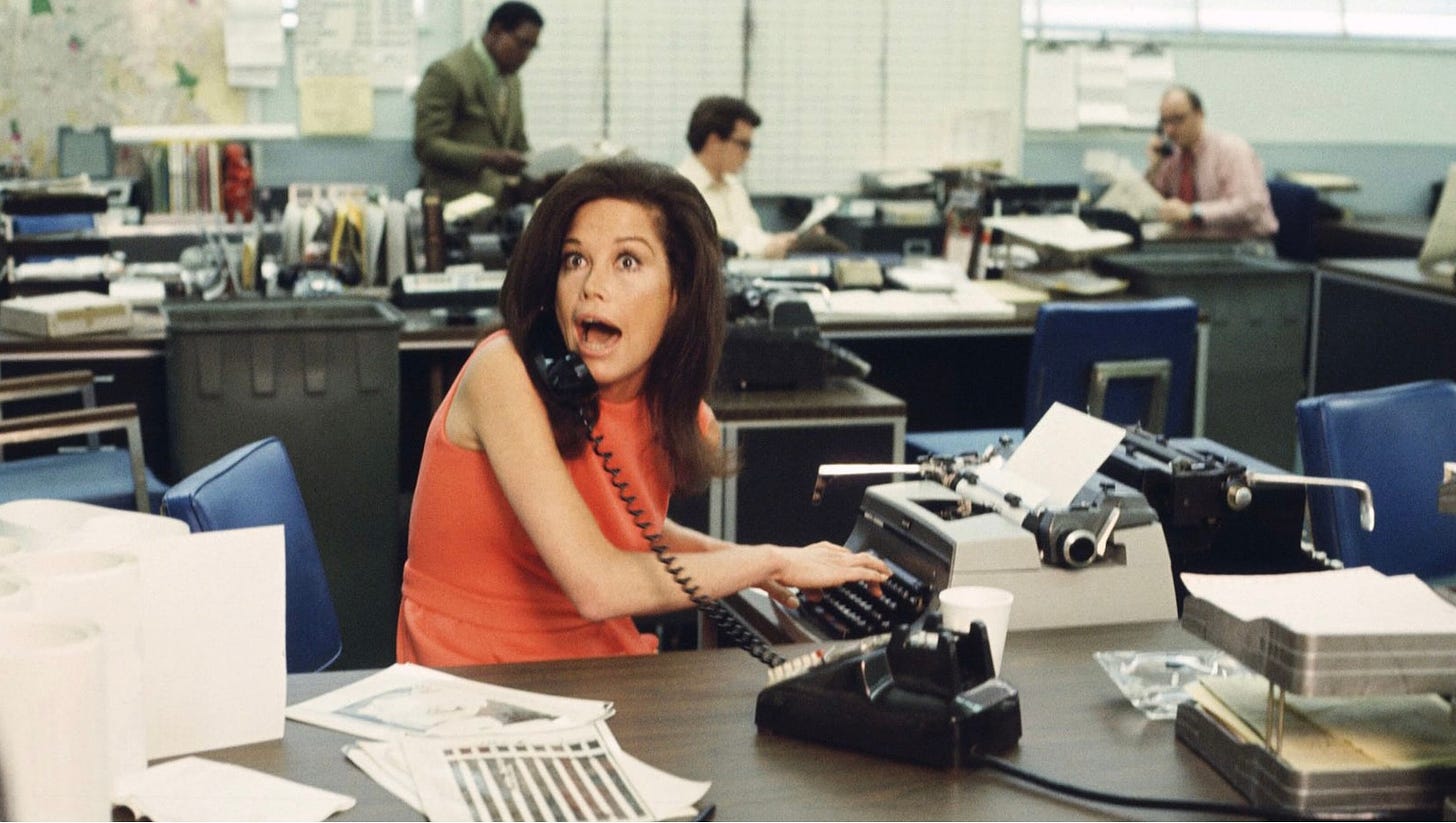
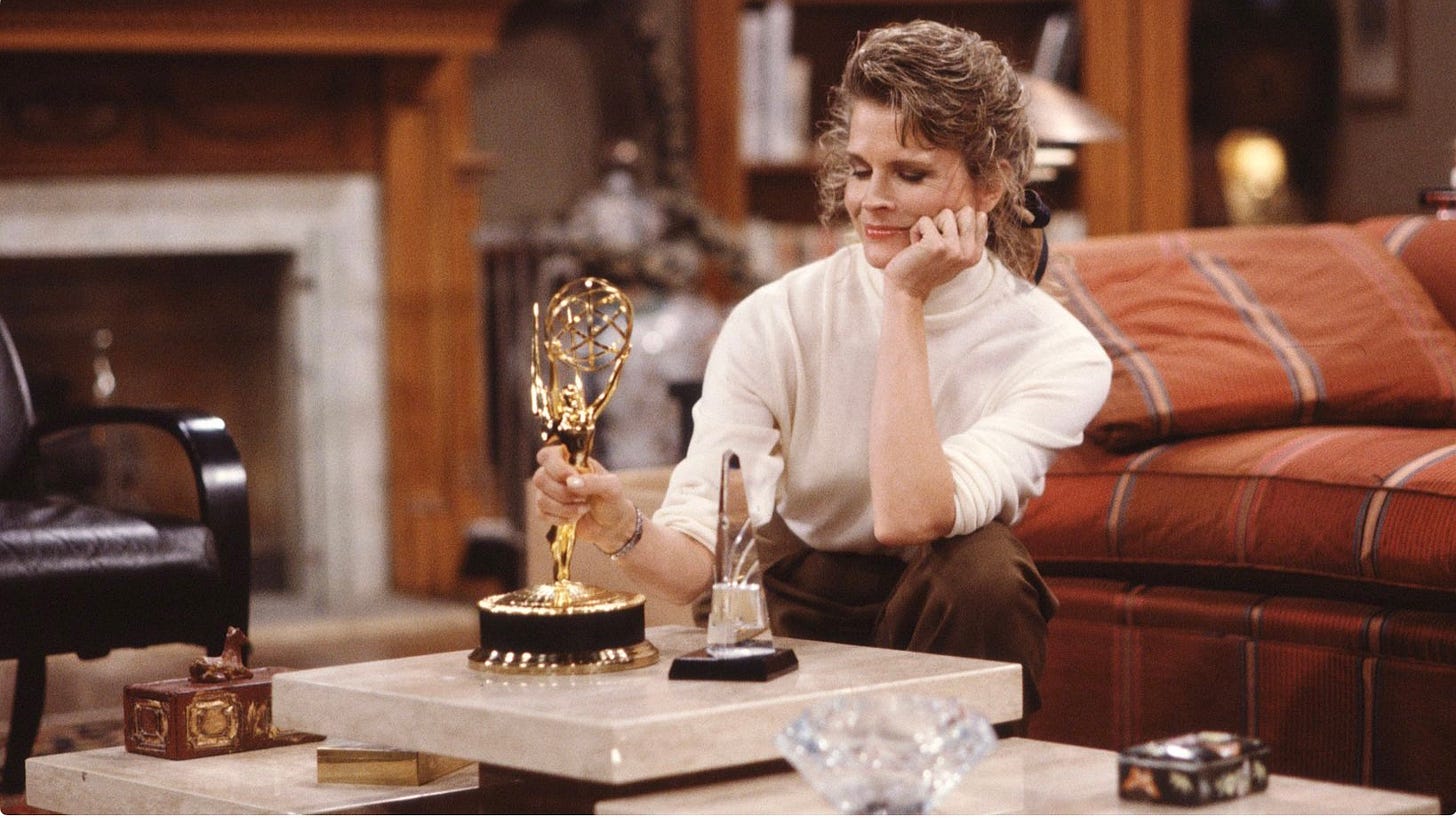
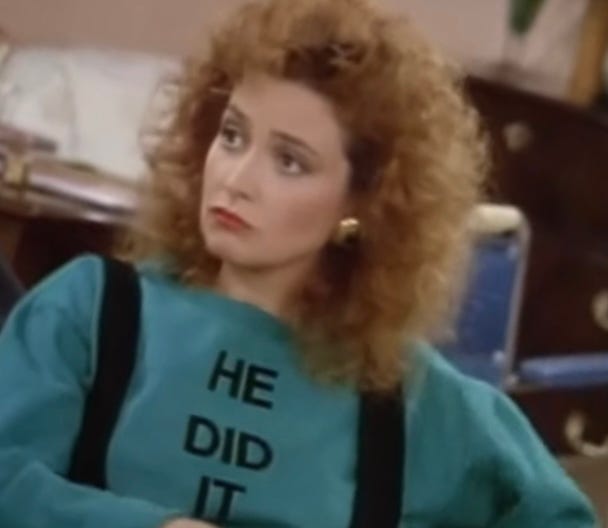
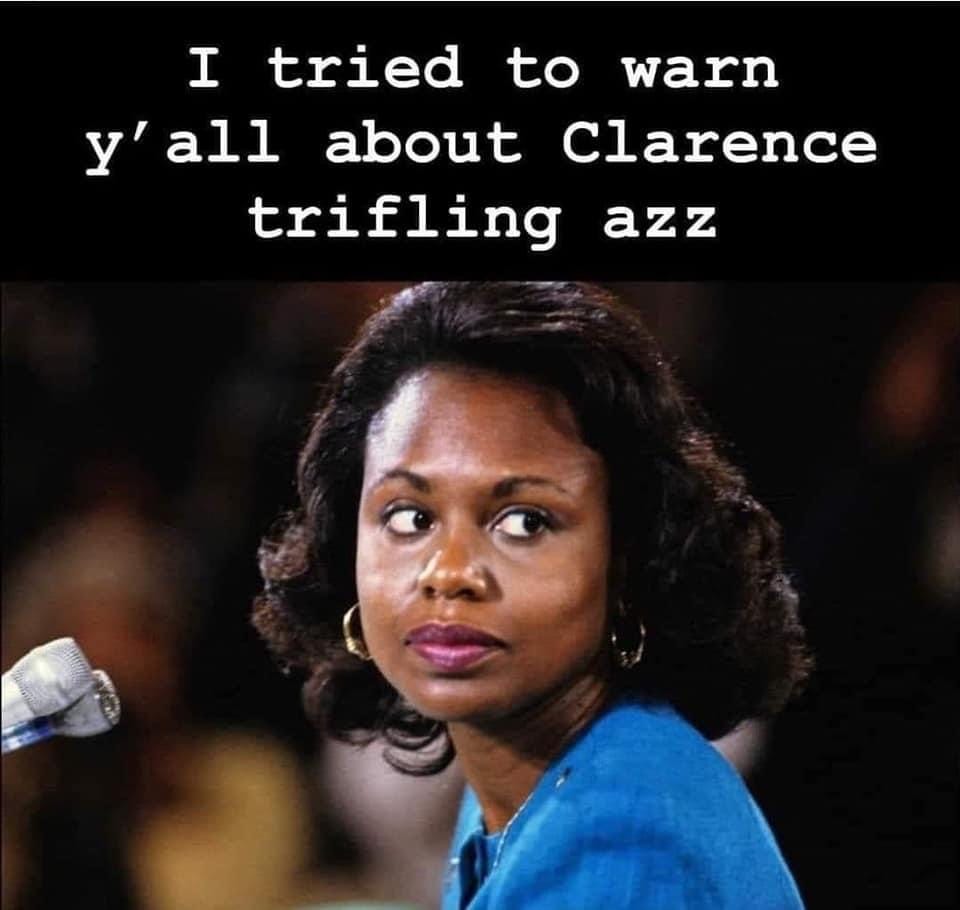
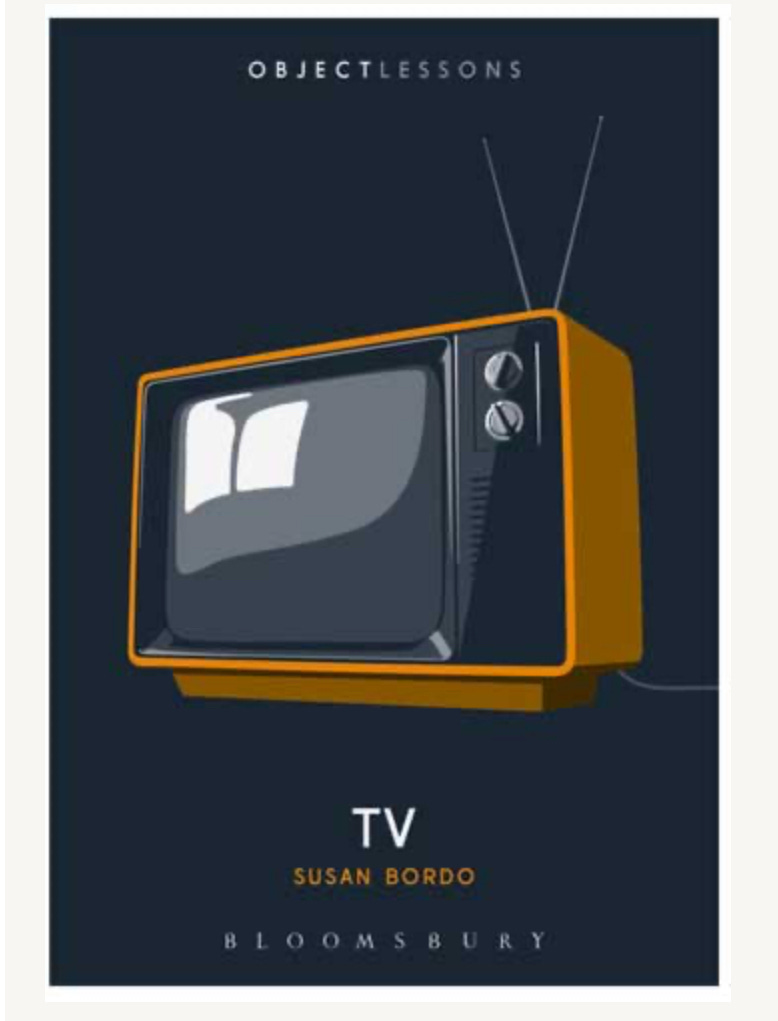
As a feminine boy who woke up at 5am every day in middle school to watch reruns on lifetime: I loved this show. It was such a meaningful experience to see it play out and I felt so seen and supported. I had no idea LBT was/is a Hillary person, but of course it makes sense! The gay episodes especially helped me so much, and I remember when I saw this episode. So powerful.
Oh let me guess:
MURPHY BROWN?